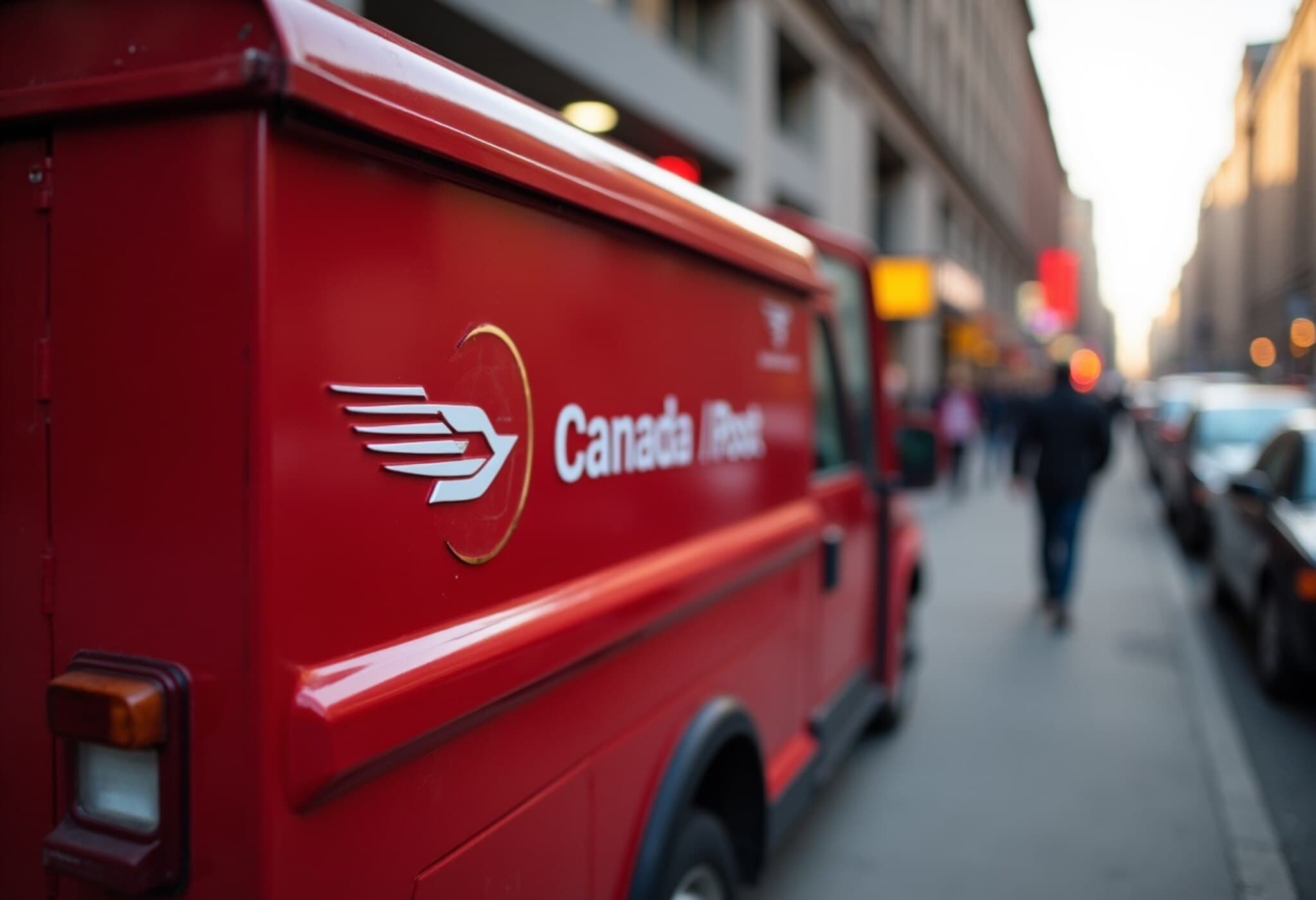Canada Post Strike Shakes the Nation: What’s Next?
Just over a week has passed since the latest Canada Post strike brought mail delivery to a standstill across the country. This marks the second significant walkout in less than a year, devastating communities, businesses, and individuals who rely on the service daily. Unfortunately, there is still no clear timeline for when postal operations will resume, leaving millions in limbo.
The Crux of the Dispute: A Breakdown of the Latest Negotiations
On Friday, Canada Post put forth a new contract proposal to the Canadian Union of Postal Workers (CUPW), but it was quickly dismissed. The offer — driven by government directives — includes critical changes such as ending door-to-door delivery and closing numerous rural post offices. It also calls for eliminating employment guarantees and outlines the severance and compensation for workers potentially laid off.
Union representatives, reflecting on member sentiments, firmly rejected the contract, characterizing it as a repeat of earlier offers discarded in August. The deadlock highlights deep tensions over the future of postal services in Canada, particularly balancing modernization with preserving workers’ rights and rural access.
Why Location Matters: The Postal Service's Unequal Impact
The strike’s disruption has not affected all Canadians equally. In urban centers, residents might navigate alternative delivery options more easily. However, for communities like Fort Simpson in the Northwest Territories, the postal system is not just a convenience but a critical lifeline. Matina Stevis-Gridneff’s insightful reporting underscores that in remote areas, limited internet access and logistical challenges make traditional mail services indispensable for communication, commerce, and essential deliveries.
Voices from Across Canada: What Citizens Want
In response to the strike, thousands of readers shared their perspectives on what the future of Canada Post should look like. Their views reflect a broad spectrum of concerns and hopes— from protecting rural post offices and reinstating door-to-door service to ensuring fair labor practices for postal workers.
- Community Connection: Many emphasize that beyond parcels and letters, Canada Post fosters vital social infrastructure, especially for isolated populations.
- Modernization vs. Tradition: Some argue for embracing digital alternatives, while others caution that rapid modernization risks alienating vulnerable users.
- Worker Protections: There is a strong outcry to uphold job security and respect collective bargaining rights amid restructuring plans.
Expert Insights: Navigating Economic and Policy Implications
From a policy standpoint, Canada Post’s challenges mirror broader global trends where public postal services confront digital disruption and budget constraints. The strike shines a spotlight on how postal entities, particularly publicly funded ones, must balance cost-efficiency with public service mandates.
In the U.S. context, parallels can be drawn to ongoing debates around the United States Postal Service’s financial health and service obligations. Ensuring widespread mail access is not merely about convenience but about sustaining democratic infrastructure, given the postal service’s role in voting, social security distribution, and more.
Questions That Remain Unanswered
- How can Canada Post modernize without leaving rural and vulnerable populations behind?
- What frameworks will protect postal workers’ rights amid organizational change?
- What role should government policy and public opinion play in defining postal service principles?
Editor’s Note
The recent Canada Post strike goes beyond everyday inconvenience; it sparks critical conversations about public services, labor rights, and community equity across Canada. As negotiations stall, the narratives emerging from both urban hubs and remote regions reveal a complex tapestry of needs and expectations.
For policymakers and citizens alike, the question remains: how to build a postal system that is resilient, fair, and inclusive in the 21st century? The answers will shape not only mail delivery but the social and economic fabric of Canada moving forward.












